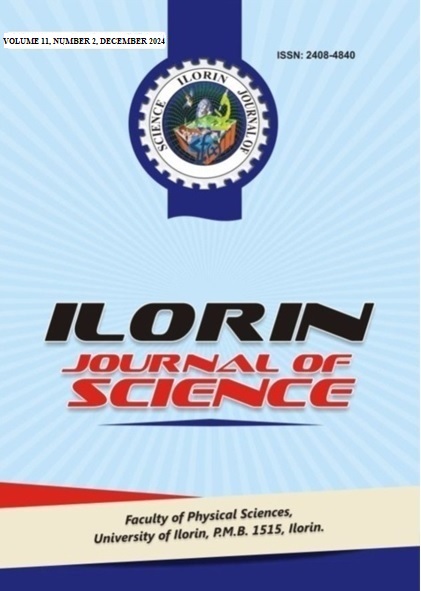Isolation and Characterization of Haemocyanin from Sudanonautes africanus (Milne Edward, 1869)
Characterisation of Haemocyanin from Sudanonautes africanus
Keywords:
Sudanonautes africanus, Haemolymphs, Haemocyanin, ProteinAbstract
Sudanonautes africanus (Milne-Edward, 1869) Potamonautidae is a freshwater crab, native to Nigeria and the West Africa. There are only few documentations revealing the properties of its haemocyanin. The objective of this study was to isolate, purify and characterize the haemocyanin of Sudanonautes africanus. Haemolymphs from 10 live crabs were obtained via carapace puncture; pooled together, and fractionated into plasma and haemocytes. A 50% saturated ammonium sulphate ((NH4)2SO4) solution was added to the plasma to separate it into albumin and globulin fractions. The absorption spectra were determined and λmax was found to be 295 nm; globulin was found to contain more haemocyanin compared to albumin. Gel filtration was used to extract the haemocyanin from the globulin fraction. The eluted globulin fractions with the highest absorbance at 295 nm were pooled together and concentrated via ultra-filtration. The determination of its purity was carried out using Sodium Dodecyl Sulphate Polyacrylamide Gel Electrophoresis (SDS–PAGE). Two bands of haemocyanin were obtained with molecular masses of 46 kDal and 92 kDal respectively. Copper content of the haemocyanin was 0.0383%, while the calculated minimum molecular weight was 829.5 kDal.





